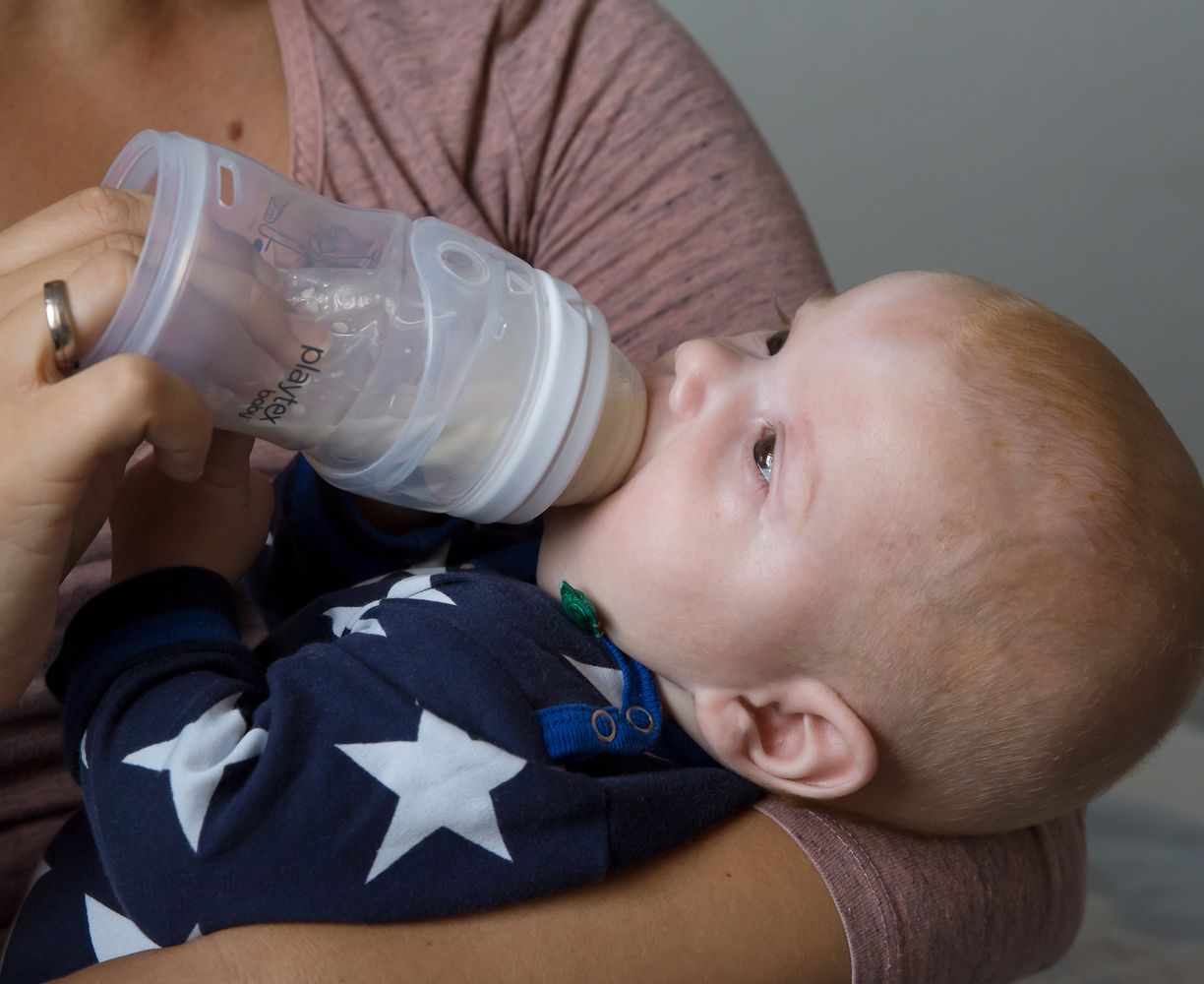Robin sequence
The Robin sequence is a congenital malformation that affects about 80 children per year in Germany. It is characterized by an undersized lower jaw, mandibular recession (mandibular micrognathia and retrognathia) and a receding tongue into the pharynx (glossoptosis). This can result in obstruction of the airway, especially during sleep. In addition, the Robin sequence is associated with cleft palate in 90% of cases. This can lead to pronounced sucking and drinking problems
.
A wide variety of treatment methods are commonly used worldwide to correct the narrowing or obstruction of the upper airway in infancy. In Tübingen, the treatment with the so-called Tübingen palatal plate (TTPP) has become established due to the low stress for the child and also for the parents. This plate has an extension which prevents the tongue from falling back, eliminates the tightness in the throat and helps to stimulate the growth of the lower jaw. In children who are also affected by a cleft palate, this plate leads to a functional separation of the oral and nasal cavities, analogous to the palatal plate (see "Further information on cleft palates").











